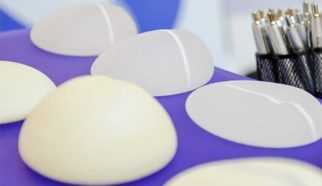
In people who have a “round” face or are overweight, surgery to remove the cheek fat pads inside the cheeks is a great way to get rid of these unwanted facial fats. Buccal liposuction is the best way to get rid of these excess fats. . It is a relatively quick and simple plastic surgery that is performed under local anesthesia and does not leave an external scar.
Classically, in more attractive faces, the face looks almost like a heart or an inverted triangle, with the cheeks being the largest part and then tapering down to the jawbone. When someone has an excessive buccal fat pad, this may create an inverted triangle where the patient is wider along the lower part of their face versus the upper part of their face.
This surgery is performed by making a small incision inside the mouth on the inner side of the cheeks and removing the buccal fat tissue. The stitches used for suturing are usually absorbed and eventually come off on their own. And you can go home the same day from surgery.
Buccal fat is a fat mass that is located in the hollow area between the buccianator muscle and other superficial muscles of the face. The size of the Bichat fat pad varies from person to person, and the buccal fat in both species may have different sizes.
Tips about buccal fat:
Buccal fat is a deep fat that can protrude and cause fullness on the outer side of the corner of the lips. In most cases, maximum efforts should be made to maintain the volume of the face and its fats, and the removal of this fat usually will not produce the results that a person expects.
Although the removal of intraoral fat causes emptying of the face under the cheeks and in the short term, giving a more beautiful shape (according to the desire of young people to look like famous people) along with the definition and better definition of the bumps and depressions of the face. But it will definitely accelerate the aging process in the face in the long run and is rarely recommended by a plastic surgeon familiar with the process of facial maturation and aging over time.
The most important challenge in removing intraoral fat is avoiding damage to the adjacent nerve and muscle tissues, and usually the operation is performed under local anesthesia or mild anesthesia in the office or clinic, during which a small incision is made inside the mouth and the oral fat is removed through The incision is pulled out and removed.
Recovery period after buccal fat:
* There is no need to be hospitalized after the operation and the patient can go home immediately after the operation.
* The person may feel pain or discomfort for a few days after the operation, which can be reduced by taking painkillers.
* Scars and sutures may be accompanied by bleeding in the first 1-2 days of surgery.
* The stitch place inside the mouth will be completely removed after some time and no scar or scar will remain.





